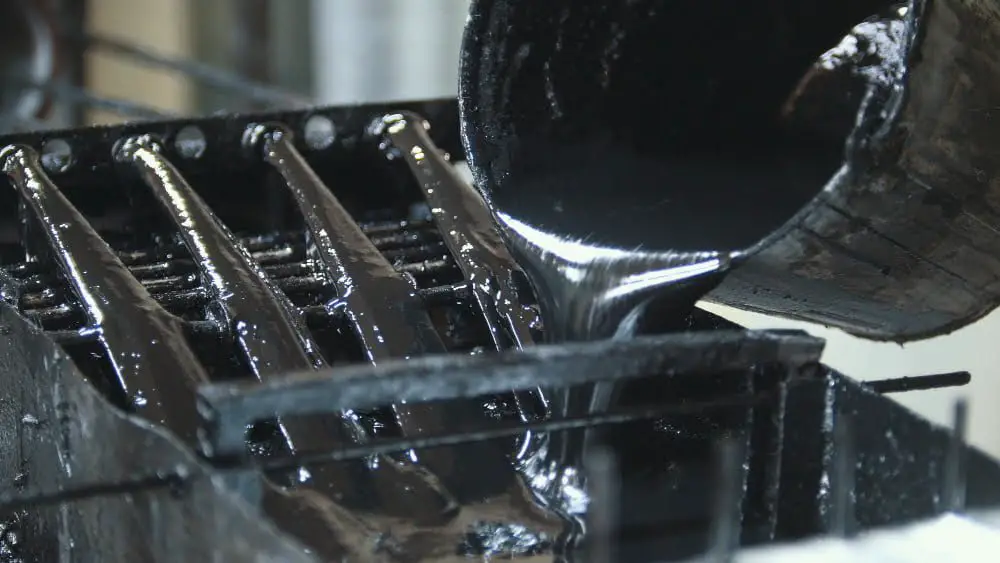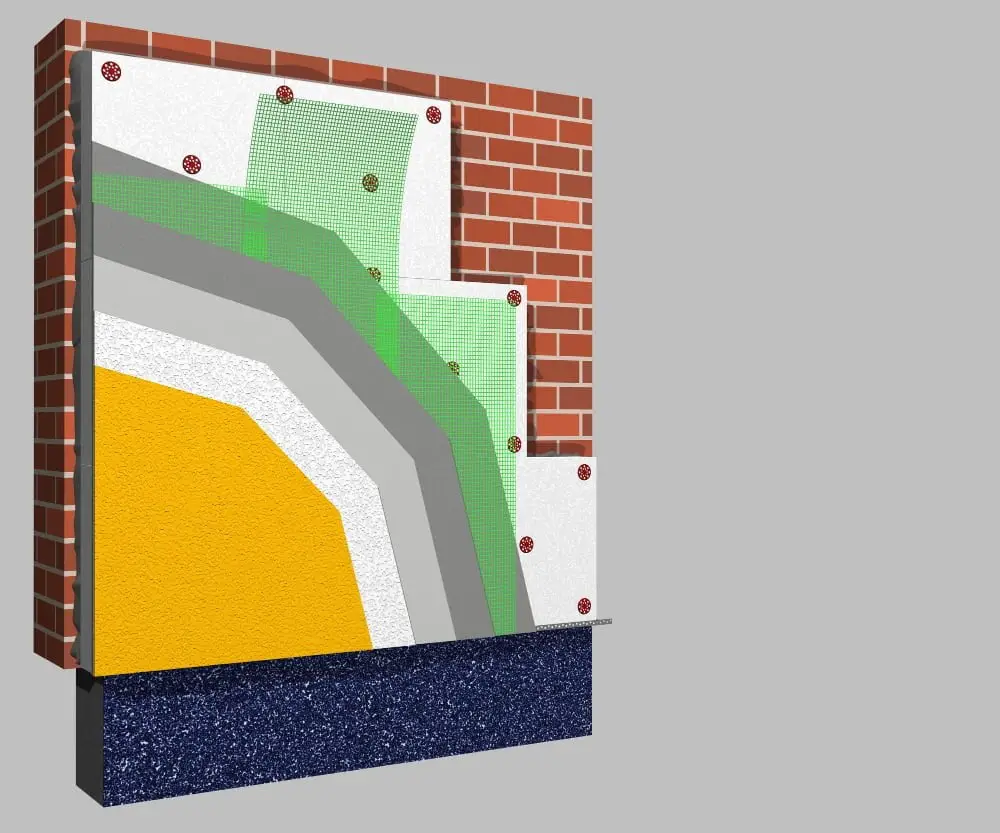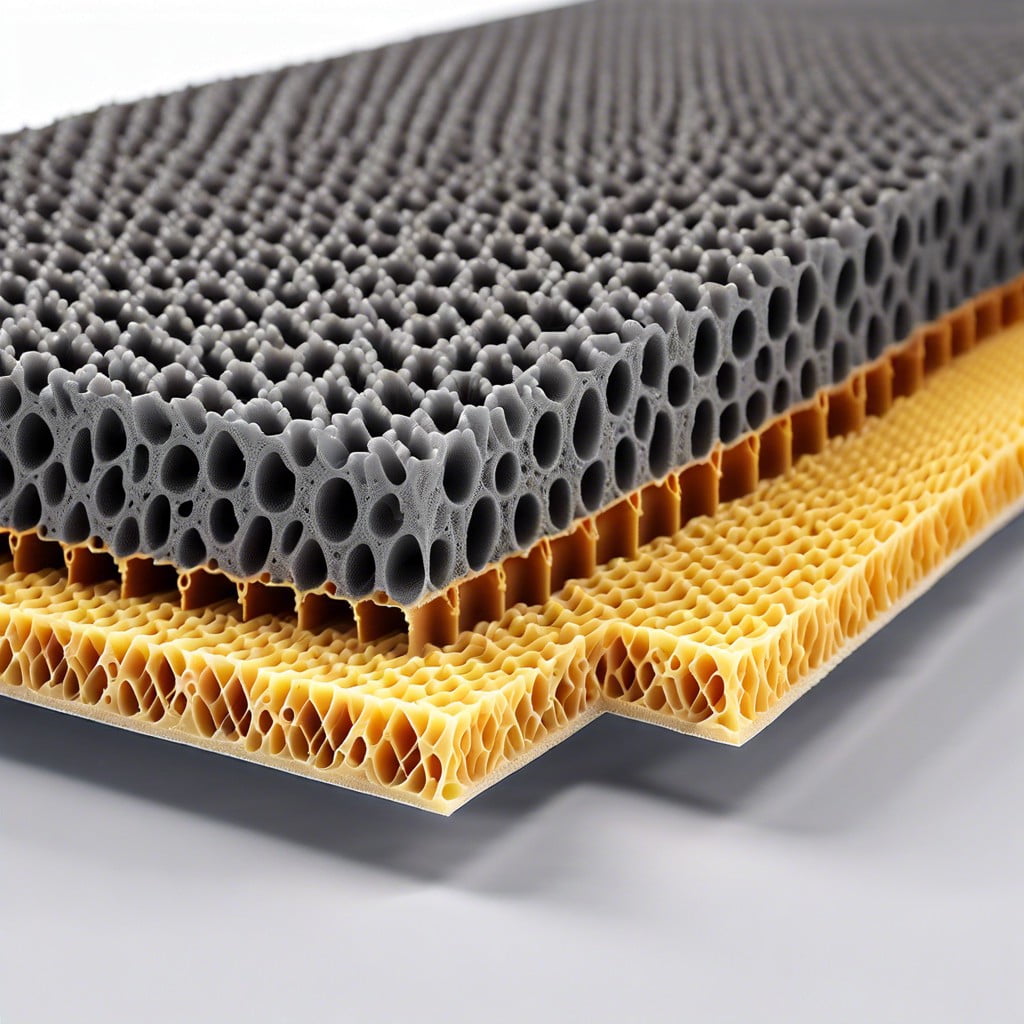Natural fiber polymer composites offer sustainable solutions for greener construction and this article will explain how they work.
From deforestation to pollution caused by traditional building materials, it is clear that we needed to find sustainable solutions for a greener future.
Enter natural fiber polymer composites – a revolutionary material that combines natural fibers such as hemp or flax with polymers like polypropylene or polyethylene to create strong and durable structures. Not only are these composites environmentally friendly but they also have numerous advantages over traditional materials such as wood or steel.
In this blog post, we’ll explore the world of natural fiber polymer composites and why they are becoming increasingly popular in the construction industry. So sit back, grab your hard hat and let’s dive into this exciting new frontier!
What You Will Learn
Natural Fiber Sources

Natural fiber polymer composites are made by combining natural fibers with polymers to create a material that is strong, durable and environmentally friendly. But where do these natural fibers come from?
There are many different sources of natural fibers, including hemp, flax, jute and kenaf. These plants have been used for centuries in various industries due to their strength and versatility.
However, it’s not just the strength of these materials that makes them so appealing for use in construction. Natural fiber composites also have a much lower carbon footprint than traditional building materials like steel or concrete.
As I continued my research into this exciting new field of sustainable construction solutions, I was amazed at the potential impact it could have on our environment. By using renewable resources like plant-based fibers instead of non-renewable resources like fossil fuels or mined metals we can reduce our reliance on unsustainable practices while still creating structures that meet modern standards for safety and durability.
It’s clear that there is enormous potential here – both in terms of environmental benefits as well as economic opportunities – but there is still much work to be done before we see widespread adoption across the industry. In upcoming sections we’ll explore some specific examples where natural fiber polymer composites are being used today along with some challenges facing wider adoption within the industry.
Polymer Matrix Types
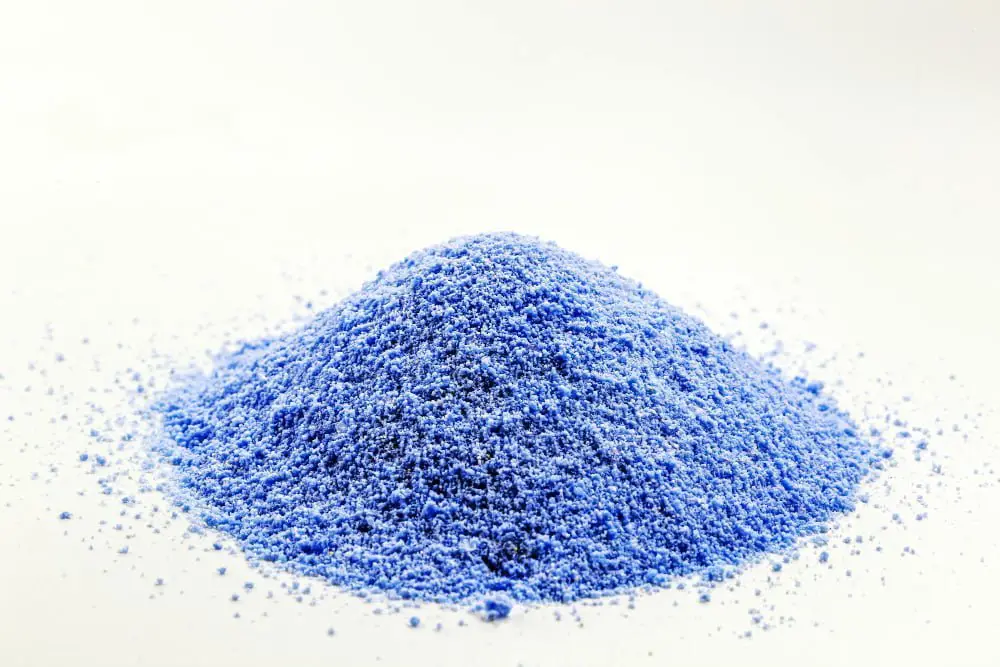
Now that we have a basic understanding of what natural fiber polymer composites are, let’s take a closer look at the different types of polymers used in their production. The two most common types of polymers used as matrices for natural fibers are thermosets and thermoplastics.
Thermoset polymers, such as epoxy or polyester resins, are cured through heat or chemical reactions to form strong and rigid structures. They offer excellent resistance to chemicals and high temperatures but cannot be re-melted once they have been formed.
On the other hand, thermoplastic polymers like polypropylene or polyethylene can be melted down multiple times without losing their properties. This makes them more versatile than thermosets but also less resistant to high temperatures.
The choice between these two matrix types depends on the specific application requirements for each project. For example, if durability is paramount then a composite with a thermoset matrix may be preferred while projects requiring flexibility might benefit from using composites with thermo-plastic matrices instead.
Regardless of which type is chosen though one thing remains clear: Natural fiber polymer composites represent an exciting new frontier in sustainable construction materials that will help us build greener buildings for generations to come!
Composite Fabrication Methods
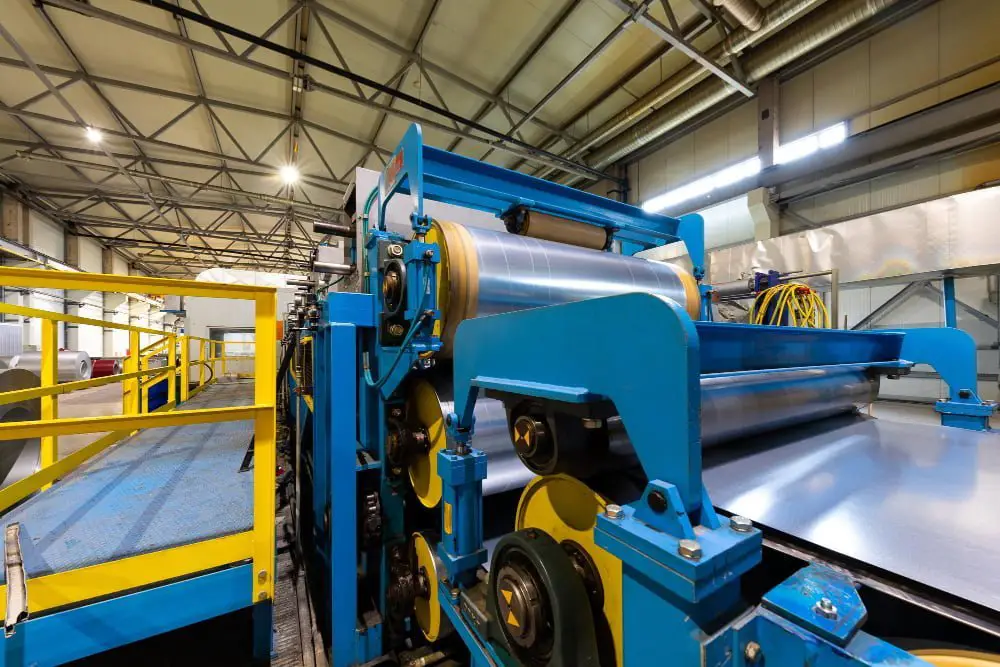
There are several methods used to create these sustainable materials, each with its own advantages and disadvantages.
One common method is called compression molding. This involves heating the composite material until it becomes pliable and then compressing it into the desired shape using a mold.
Compression molding is ideal for creating large, flat panels or sheets that can be used in construction applications such as roofing or siding.
Another fabrication method is extrusion. In this process, the composite material is melted and forced through an extruder die to create long continuous shapes like pipes or tubing.
Extrusion allows for precise control over the size and shape of the final product but may not be suitable for more complex designs.
There’s injection molding which involves injecting molten composite material into a mold under high pressure to form intricate shapes with fine details such as gears or brackets.
Regardless of which fabrication method is chosen, natural fiber polymer composites offer numerous benefits over traditional building materials like wood or steel including increased durability and resistance to moisture damage while also being environmentally friendly.
As we continue our journey towards greener construction practices let us embrace innovative solutions like natural fiber polymer composites that will help us build structures without compromising on sustainability!
Green Construction Benefits

Green construction is a growing trend in the industry, and for good reason. As we become more aware of our impact on the environment, it’s important to find ways to reduce that impact while still meeting our building needs.
Natural fiber polymer composites offer a sustainable solution that not only benefits the environment but also has numerous advantages over traditional materials.
For example, these composites are lightweight yet strong and durable – making them ideal for use in construction projects where weight is an issue. They’re also resistant to moisture and rotting which means they have a longer lifespan than wood or other natural materials.
Natural fiber polymer composites can be molded into various shapes and sizes which makes them versatile enough for use in many different types of structures such as bridges or buildings. And because they’re made from renewable resources like hemp or flax fibers combined with recycled plastics like polypropylene or polyethylene – they have a much lower carbon footprint than traditional building materials.
Green construction using natural fiber polymer composites offers numerous benefits both environmentally and economically speaking. It’s exciting to see how this innovative material will continue to shape the future of sustainable building practices!
Mechanical Properties Analysis
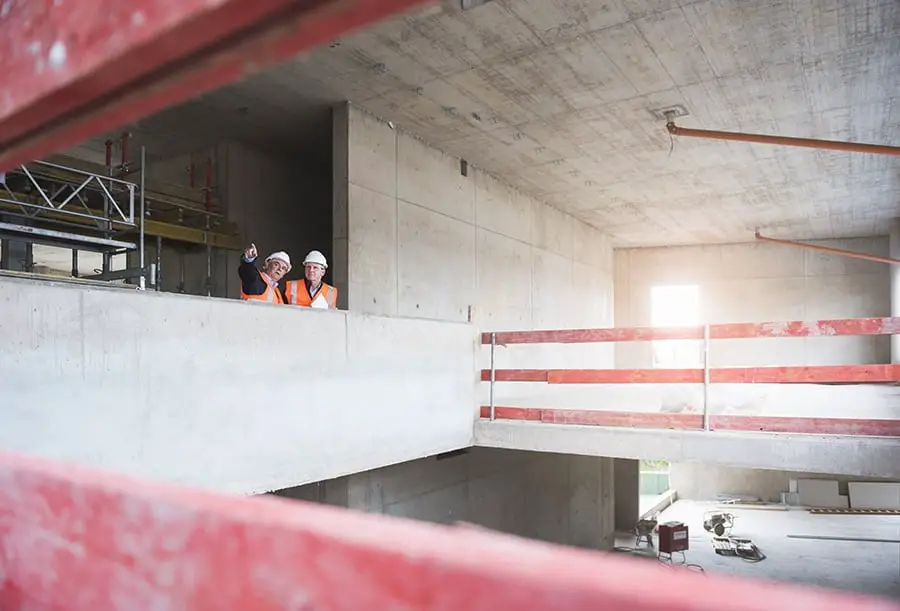
Now that we have a basic understanding of what natural fiber polymer composites are, let’s take a closer look at their mechanical properties. One of the most significant advantages of these composites is their high strength-to-weight ratio.
This means that they can withstand heavy loads while remaining lightweight, making them ideal for use in construction. In addition to being strong and durable, natural fiber polymer composites also have excellent resistance to moisture and corrosion.
Unlike traditional materials such as wood or steel which can rot or rust over time when exposed to water or other elements, these composites remain intact even under harsh conditions. Furthermore, the manufacturing process for natural fiber polymer composites is much more energy-efficient than traditional materials like concrete or steel.
This makes them an attractive option for those looking to reduce their carbon footprint without sacrificing quality. It’s clear that natural fiber polymer composite materials offer sustainable solutions for greener construction practices with impressive mechanical properties analysis results – from durability and strength-to-weight ratios all the way down to resistance against environmental factors like moisture and corrosion!
Durability and Performance
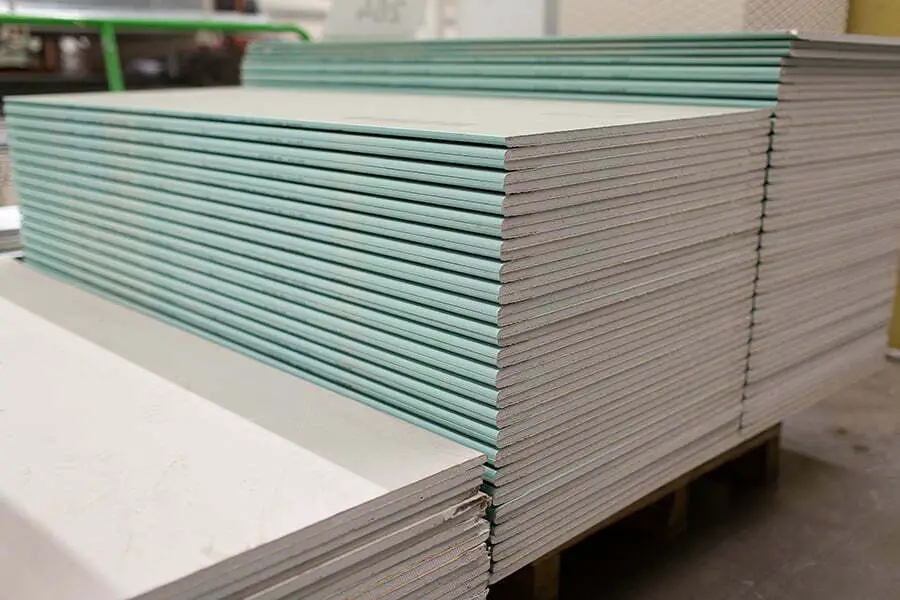
One of the most significant advantages of natural fiber polymer composites is their durability and performance. These materials are incredibly strong, resistant to moisture, and have a long lifespan compared to traditional building materials like wood or steel.
As I continued my research into these composites, I was amazed at how they could withstand extreme weather conditions without warping or cracking. They also have excellent resistance to rotting and insect damage – two common problems that plague wooden structures.
Moreover, natural fiber polymer composites can be engineered for specific applications with varying levels of strength and stiffness. This versatility makes them ideal for use in various construction projects such as bridges, decks, railings as well as interior design elements like furniture pieces.
It’s clear that natural fiber polymer composites offer sustainable solutions for a greener construction industry while maintaining high standards in terms of durability and performance. As we continue our journey towards a more environmentally conscious future where sustainability is key; it’s exciting to see innovative technologies emerging that will help us achieve this goal!
Environmental Impact Assessment

Before we delve into the benefits of natural fiber polymer composites, it’s important to understand why they are needed in the first place. The construction industry is notorious for its negative impact on the environment.
From carbon emissions during transportation and manufacturing to deforestation caused by traditional building materials, it’s clear that something needs to change.
This is where environmental impact assessments come into play. These assessments evaluate a project’s potential environmental impacts and provide recommendations for reducing or mitigating them.
By conducting an assessment before beginning a construction project, builders can identify areas where they can reduce their ecological footprint.
Natural fiber polymer composites offer an excellent solution for those looking to minimize their environmental impact while still constructing durable structures that meet safety standards. Not only do these materials use renewable resources like hemp or flax instead of non-renewable ones like steel or concrete but also require less energy during production than traditional building materials.
By incorporating natural fiber polymer composites into our buildings’ design and construction processes, we can create sustainable solutions that benefit both people and planet alike – without sacrificing quality or durability!
Recycling and Disposal Options
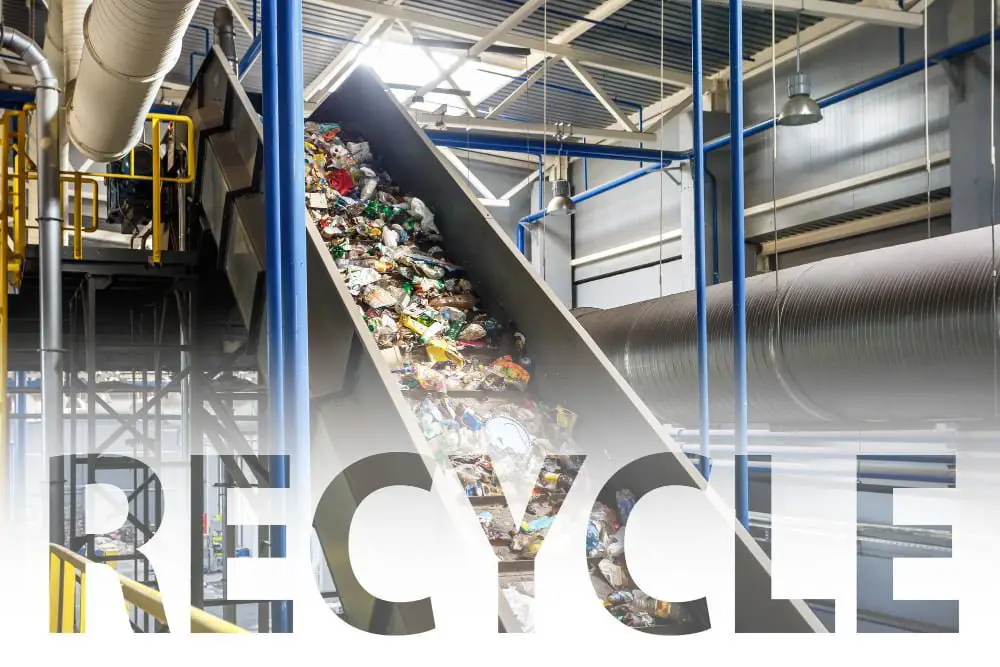
As we discussed earlier, natural fiber polymer composites are a sustainable alternative to traditional building materials. However, it’s important to consider the end-of-life options for these materials as well.
Fortunately, recycling and disposal options for natural fiber polymer composites exist.
Recycling is an excellent option that can help reduce waste and conserve resources. Natural fiber polymer composites can be recycled by separating the fibers from the polymers using mechanical or chemical processes.
The separated fibers can then be reused in new composite products or other applications such as insulation material.
Disposal of natural fiber polymer composites is also possible through incineration or landfilling; however, these methods should only be used when recycling isn’t feasible due to contamination with other materials like adhesives or coatings.
While natural fiber polymer composites offer many benefits over traditional building materials in terms of sustainability and durability – it’s essential that we consider their end-of-life options too! By choosing recyclable products whenever possible and disposing of them responsibly when necessary – we’re taking steps towards a greener future for construction!
Related reading:


